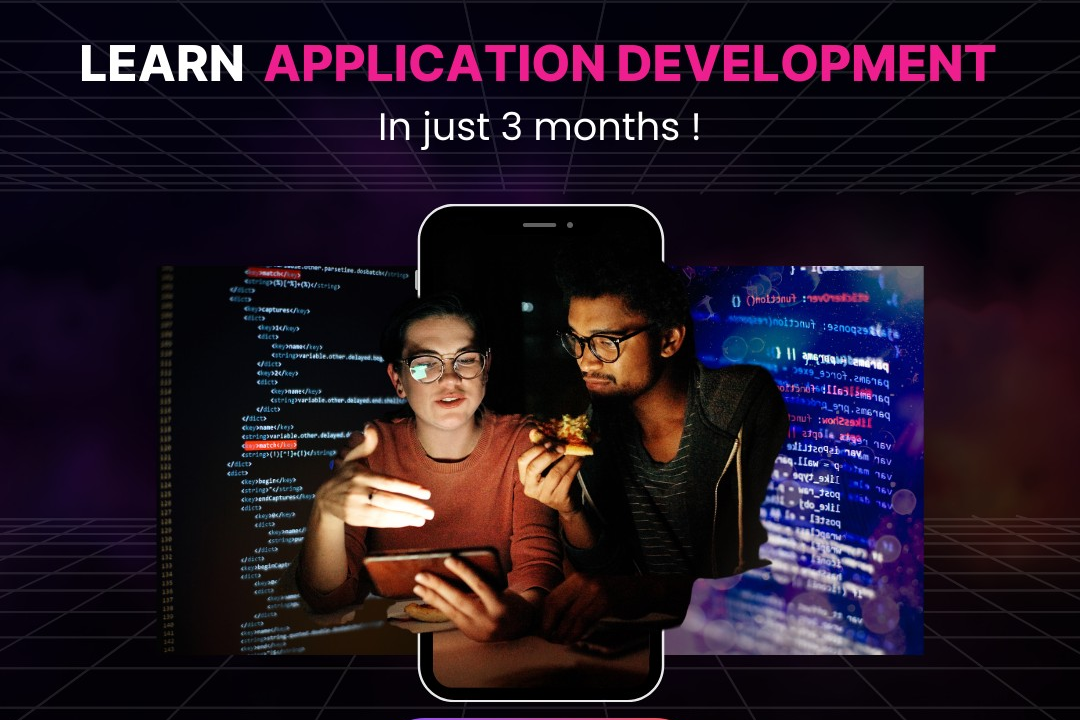User Experience Design
Enhancing User Experience Through Design
User Experience Design
User experience (UX) design is a multidisciplinary field focused on enhancing user satisfaction by improving the usability, accessibility, and pleasure associated with a product or service, particularly in digital interfaces. It involves understanding users' needs and behaviors through research and analysis, creating intuitive and engaging designs, and iterating based on user feedback. UX design encompasses various aspects, including visual design, interaction design, information architecture, and user research, with the ultimate goal of facilitating a seamless and pleasant experience that meets user expectations and enhances overall engagement. By prioritizing the user's perspective, UX design aims to create products that are not only functional but also enjoyable and enriching to use.
To Download Our Brochure: https://www.justacademy.co/download-brochure-for-free
Message us for more information: +91 9987184296
1 - Introduction to UX Design: Understand what UX design is and its importance in the digital world. It focuses on enhancing user satisfaction by improving the usability, accessibility, and pleasure provided in the interaction with a product.
2) User Research: Learn about different methods of gathering user insights, including surveys, interviews, and observational studies. Understanding user needs is fundamental for effective design.
3) Personas: Discover how to create user personas, which are fictional characters representing target users. These help in understanding user behaviors, goals, and pain points.
4) User Journey Mapping: Explore how to visualize the user’s journey with a product or service, identifying every touchpoint and interaction, which helps identify areas for improvement.
5) Wireframing: Get hands on with the creation of wireframes, which are low fidelity representations of a product's layout. Wireframes help in planning the structure and functionality before investing in detailed design.
6) Prototyping: Learn about creating prototypes to simulate user interactions with the design. Prototypes can be low fidelity (like paper sketches) or high fidelity (interactive digital models) depending on the needs.
7) Usability Testing: Understand the significance of usability testing and different techniques to evaluate how real users interact with your designs. This helps identify usability problems early on.
8) Information Architecture: Discover how to organize and structure information within a product. Good information architecture enhances user navigation and finds the right information quickly.
9) Visual Design Principles: Explore the importance of aesthetics in UX design. Learn about color theory, typography, balance, and layout to create visually pleasing experiences.
10) Accessibility in Design: Understand the principles of designing for accessibility, ensuring that products are usable by people with varying abilities and disabilities.
11) Interaction Design: Delve into how users interact with a product, including the design of interactive elements like buttons, menus, and gestures to make the user experience engaging and intuitive.
12) Content Strategy: Learn how to develop a content strategy that meets user needs while aligning with business objectives. Content should provide value and context to enhance user understanding.
13) Design Thinking Process: Familiarize yourself with the design thinking methodology, which emphasizes empathy, ideation, and iteration to solve complex problems through a user centered approach.
14) Collaboration and Communication: Understand the importance of working with cross functional teams, including developers, product managers, and stakeholders, to create a cohesive user experience.
15) Tools and Software: Explore popular UX design tools and software such as Sketch, Figma, Adobe XD, and InVision that streamline the design process and facilitate collaboration.
16) Industry Trends and Best Practices: Stay updated on the latest trends in UX design, including mobile first design, voice user interfaces, and artificial intelligence, to remain competitive in the field.
17) Portfolio Development: Learn how to build an impressive UX design portfolio that showcases your skills, thought processes, and case studies to attract potential employers or clients.
By covering these key topics, students will gain a well rounded understanding of User Experience Design, preparing them for a career in this exciting and impactful field.
Browse our course links : https://www.justacademy.co/all-courses
To Join our FREE DEMO Session: Click Here
Contact Us for more info:
seo training vancouver
python full stack developer course in hyderabad
Node Js Is BACKEND Or FRONTEND
iOS Training in Palghar
data analytics topics











